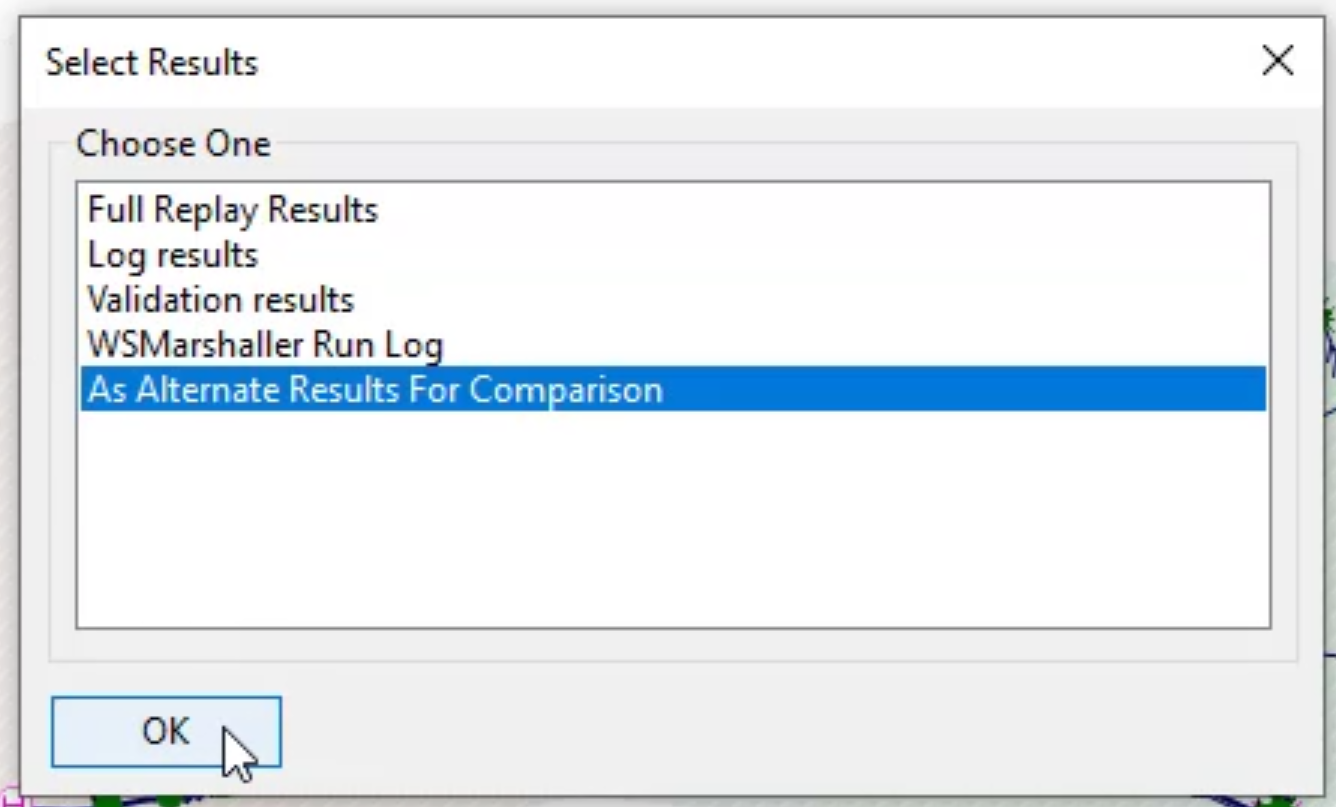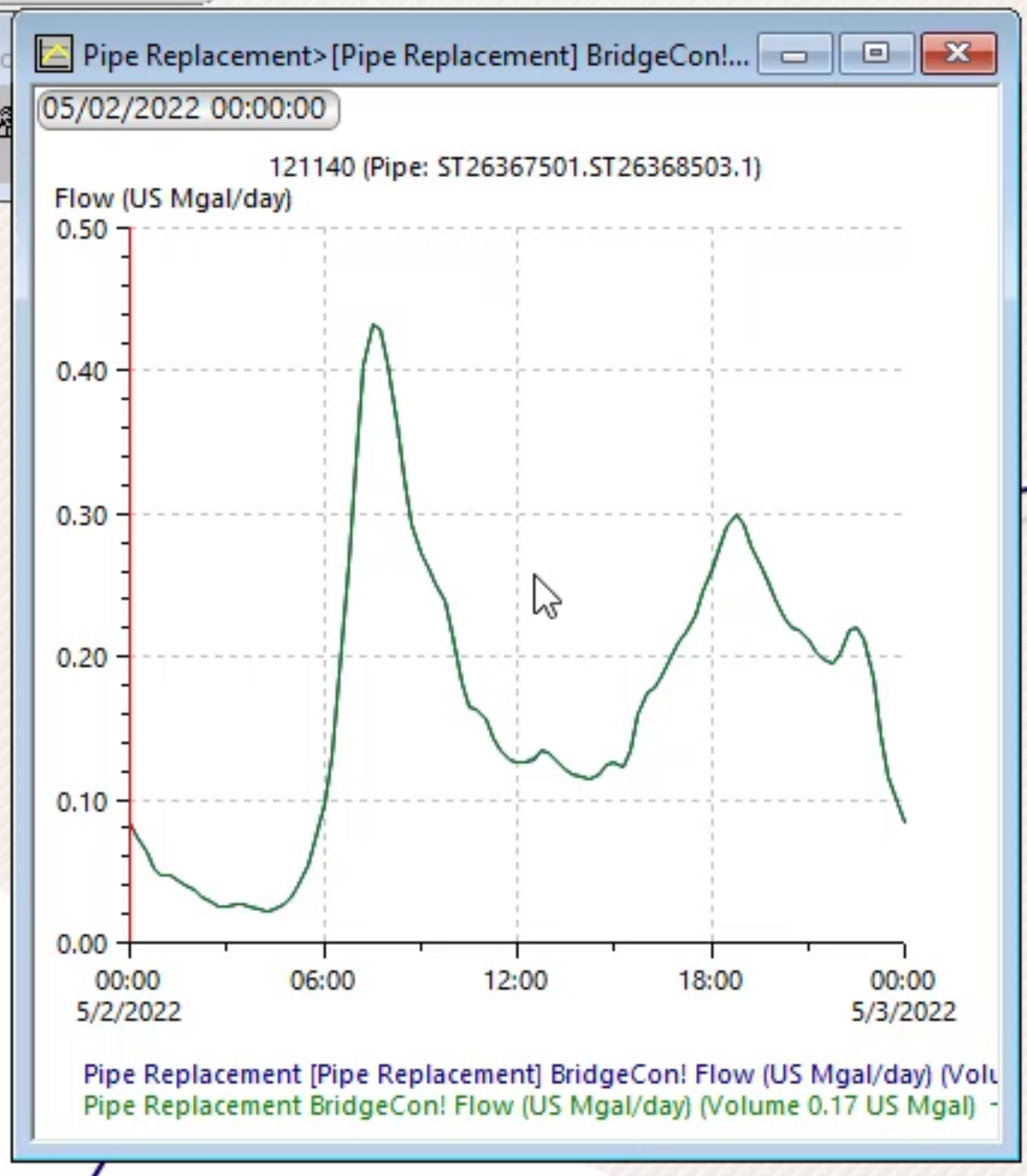 AutoCAD
AutoCAD AutoCAD LT
AutoCAD LT Fusion
Fusion AutoCAD Revit LT Suite
AutoCAD Revit LT Suite Architecture, Engineering & Construction Collection
Architecture, Engineering & Construction Collection Revit
Revit Civil 3D
Civil 3D BIM Collaborate Pro
BIM Collaborate Pro Product Design & Manufacturing Collection
Product Design & Manufacturing Collection Maya
Maya Inventor
Inventor Navisworks
Navisworks 3DS Max
3DS Max Fusion Extensions
Fusion ExtensionsInfoWorks WS Pro allows you to include multiple scenarios in a hydraulic run, and then compare their performance during the simulation by graphing their results simultaneously.
First, commit any changes to your current model:

Note: Committing these changes to the database only overwrites the currently active scenario.
To create a new run with multiple scenarios:

Notice that the Control and Demand Diagram group boxes populate automatically.

Note: This example includes the Base scenario, as it can be convenient to have the run results for both packaged together.

Note: In the Model Group window, under Pipe Replacement, the icons next to the scenarios turn green, indicating you can view their results.





Note: In this example, there is little noticeable difference between the two scenarios, as their graph lines largely overlap. If there were significant differences, you would need to adjust variables like flow rate or friction coefficient to compensate.
